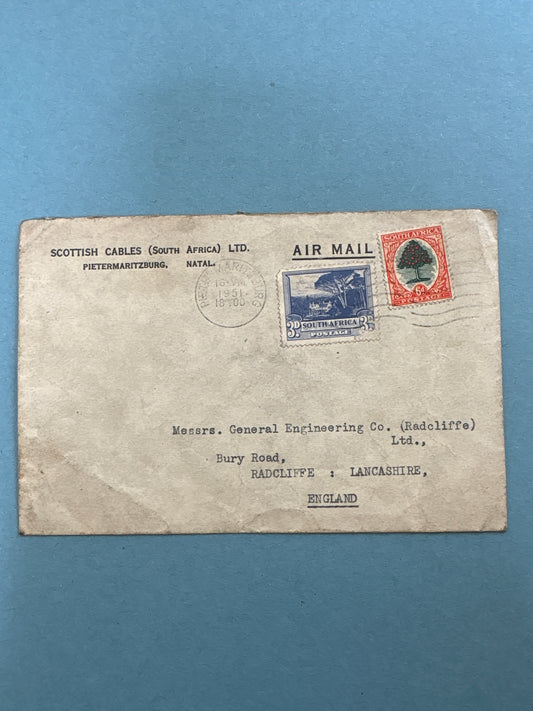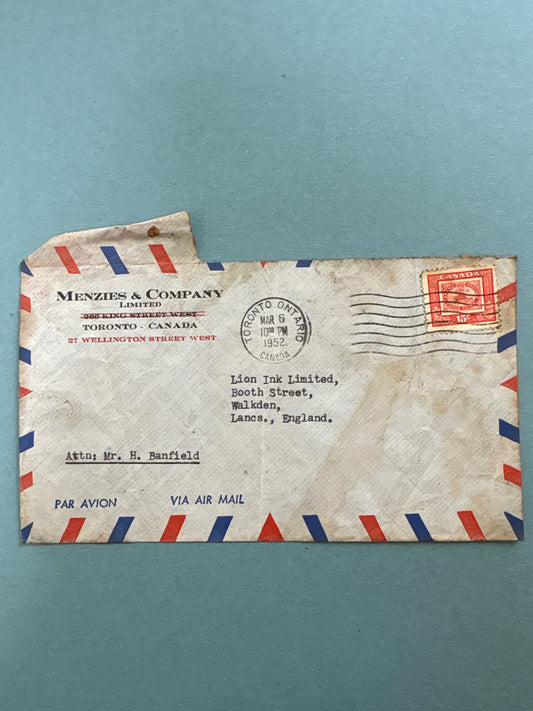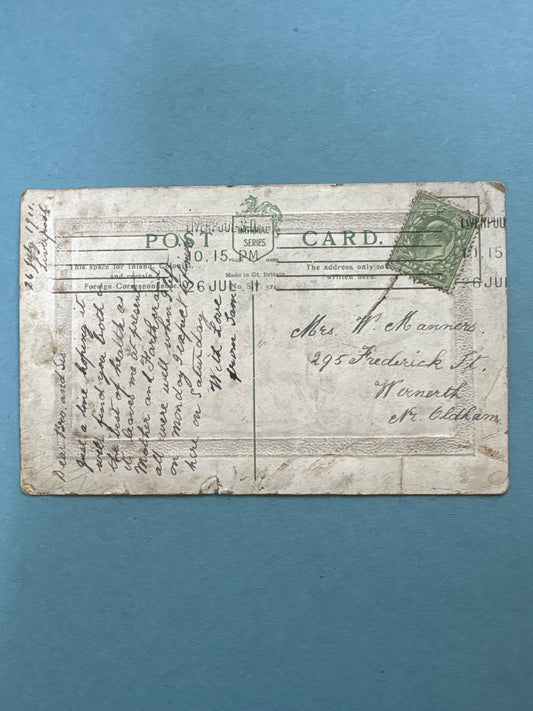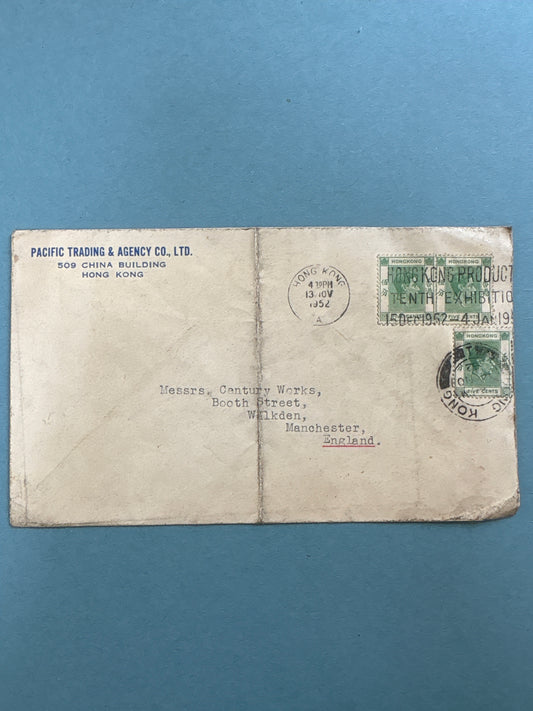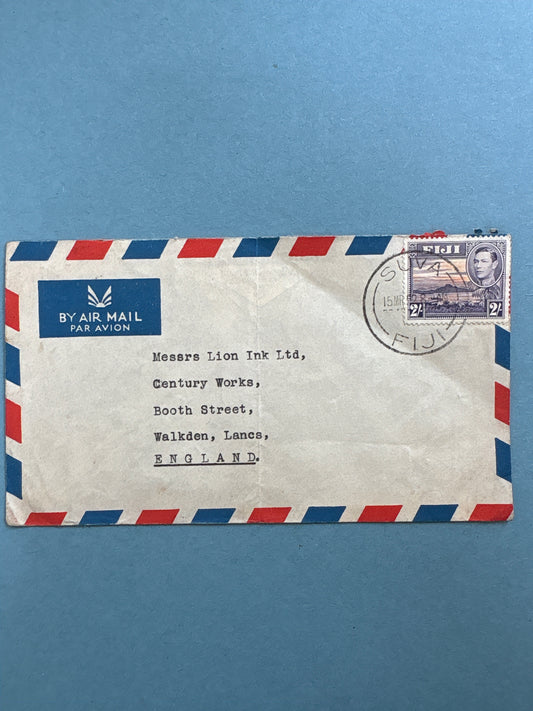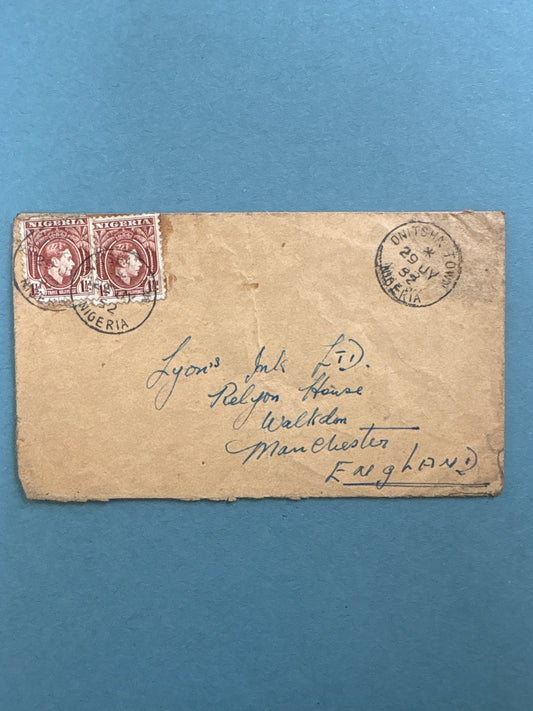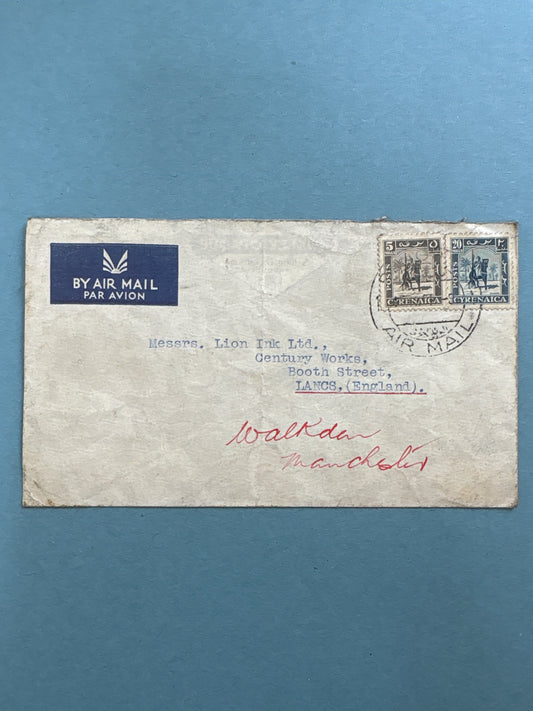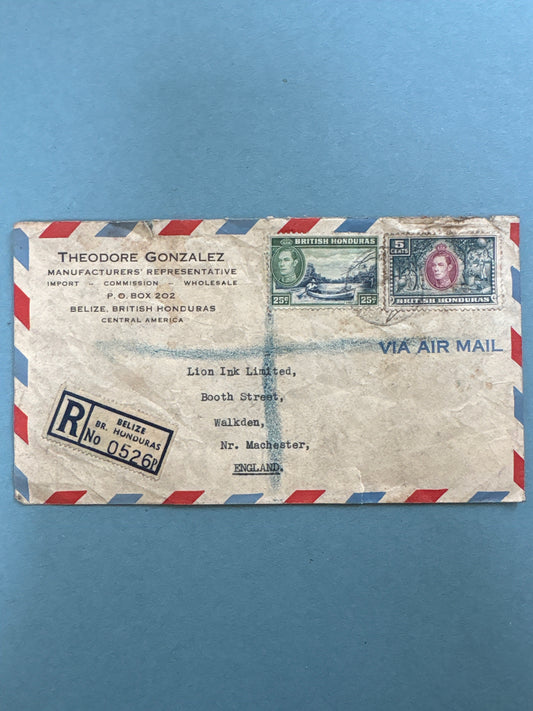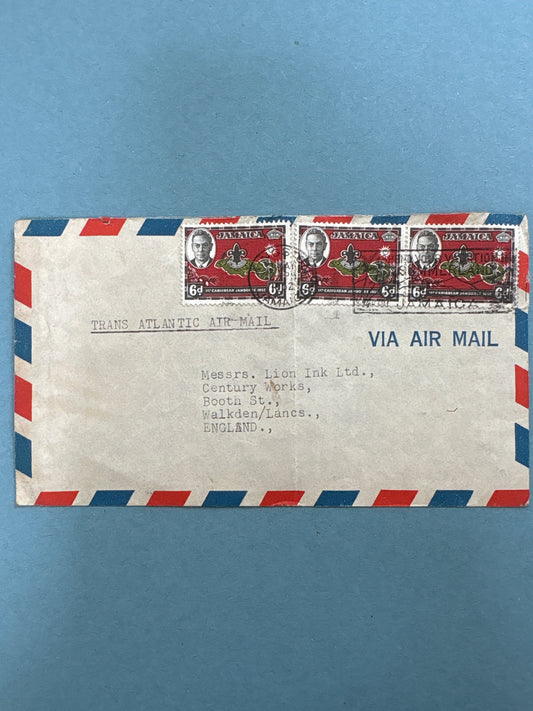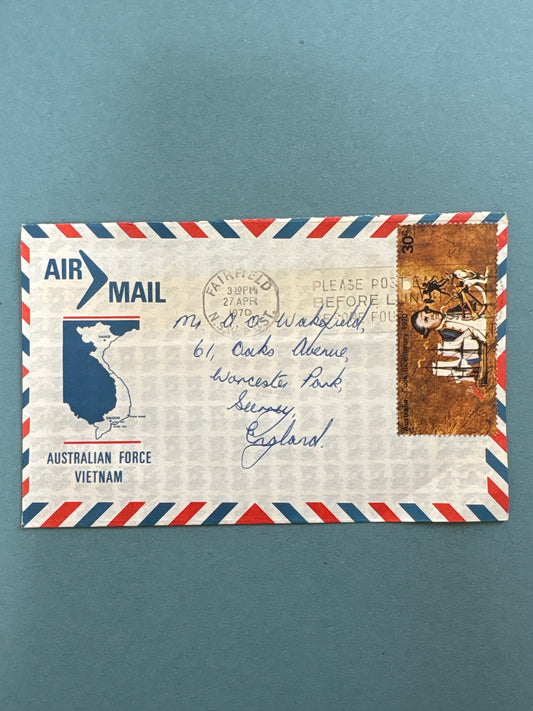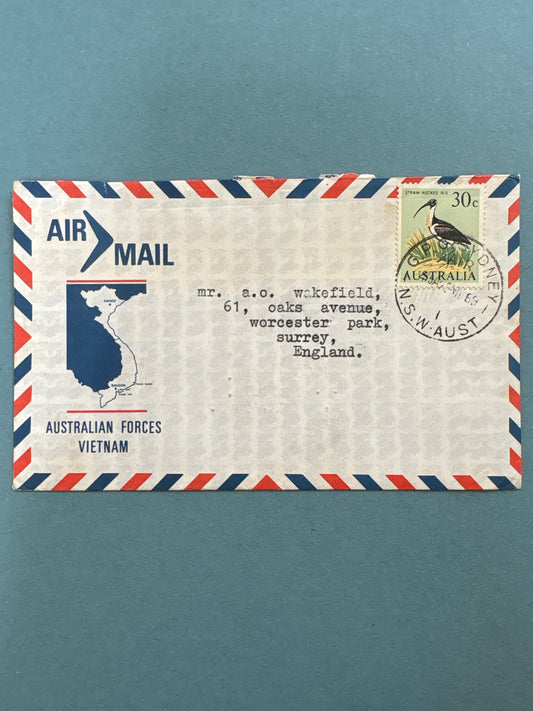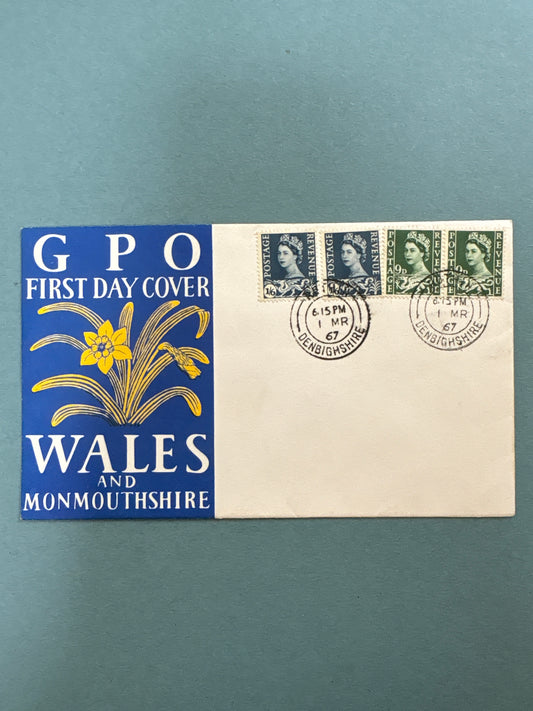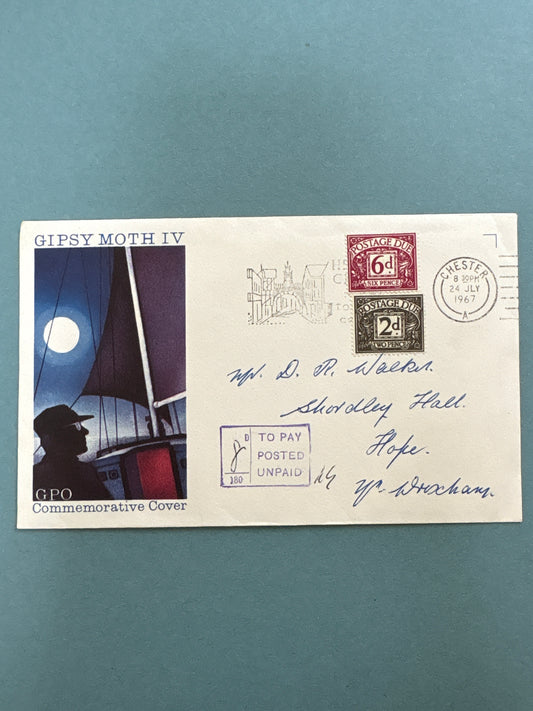Collection: Postal History
Collecting postal history with early stamps like the Penny Black and Penny Red is a deeply rewarding pursuit that blends philately with storytelling, detective work, and a touch of Victorian intrigue. These iconic stamps are not just prized for their age or rarity—they’re windows into the birth of modern communication and the evolution of the British postal system.
The Penny Black, issued on 6 May 1840, holds the distinction of being the world’s first adhesive postage stamp. Featuring a profile of Queen Victoria, it revolutionized the way mail was sent, introducing the concept of prepayment and standardizing postage rates. Although over 68 million were printed, the Penny Black remains a coveted item due to its historical significance and elegant design. Collectors often seek examples with clear margins, crisp impressions, and ideally, a red Maltese Cross cancellation—the original postmark used to prevent reuse.
Closely following the Penny Black was the Penny Red, introduced in 1841. Its reddish-brown hue was chosen to better display the black cancellation marks, which were harder to remove than the red ones used on the Penny Black. The Penny Red remained in use for nearly 40 years, undergoing numerous design and production changes. From imperforate issues to perforated varieties, and from small crown to large crown watermarks, the Penny Red offers a rich field for specialization.
But collecting these stamps in isolation only tells part of the story. Postal history collectors often seek covers—envelopes or folded letters bearing these stamps and postmarks from the period. A Penny Black on cover, especially with a legible date and location, provides context: where it was sent, how far it travelled, and what postal routes it followed. These details can reveal fascinating insights into 19th-century life, commerce, and communication.
One of the joys of collecting early postal history is the variety of postmarks and cancellations. The red Maltese Cross used on Penny Blacks was later replaced by black ink, and each post town had its own distinctive handstamp. Some collectors focus on identifying rare or unusual postmarks, such as those from small villages or experimental types. Others delve into plating—the process of identifying the printing plate used to produce a specific stamp, based on subtle differences in design and corner lettering.
The corner letters themselves are a unique feature of these early stamps. Each stamp on a sheet had a different combination—AA, AB, AC, and so on—allowing collectors to hunt for specific pairs or even their own initials. For the truly ambitious, assembling a full sheet’s worth of corner letter combinations is a monumental but thrilling challenge.
Condition is key in this area of collecting. Mint examples are rare and valuable, but even used stamps can command high prices if they’re well-centred, have full margins, and are on interesting or historically significant covers. Provenance, postal routes, and even the contents of the letter can add layers of value and intrigue.
In essence, collecting postal history is about more than stamps—it’s about tracing the footsteps of a society learning to connect across distance. Each piece is a fragment of a larger narrative, waiting to be uncovered and preserved.
-
Supplies - 12 Packs of 15 Premier Collection Air Mail Envelopes - Duke Size
Regular price £5.00 GBPRegular priceUnit price / per -
History - Pair of Special Cancellations from 2022 In Memoriam of Her Majesty Queen Elizabeth II
Regular price £2.50 GBPRegular priceUnit price / per -
Overprint - Queen Victoria One Shilling Contract Note Signed
Regular price £5.00 GBPRegular priceUnit price / per -
History - Air Mail Envelope South Africa to Manchester 1951
Regular price £5.00 GBPRegular priceUnit price / per -
History - Air Mail Envelope Toronto, Canada to Manchester 1952
Regular price £5.00 GBPRegular priceUnit price / per -
History - 1911 Postcard from St John's Gardens, Liverpool to Oldham + KE VII Half Penny
Regular price £5.00 GBPRegular priceUnit price / per -
History - Air Mail Envelope Hong Kong to Manchester 1952
Regular price £5.00 GBPRegular priceUnit price / per -
History - Air Mail Envelope Fiji to Manchester 1952
Regular price £5.00 GBPRegular priceUnit price / per -
History - Air Mail Envelope Nigeria to Manchester 1952
Regular price £5.00 GBPRegular priceUnit price / per -
History - Air Mail Envelope Cyrenaica, Libya to Manchester (approx. 1960, postmark unclear)
Regular price £5.00 GBPRegular priceUnit price / per -
History - Air Mail Envelope Registered Post from Belize to Manchester (approx. 1960, postmark unclear)
Regular price £5.00 GBPRegular priceUnit price / per -
History - Air Mail Envelope from Kingston, Jamaica to Lancashire 1962
Regular price £5.00 GBPRegular priceUnit price / per -
History - Air Mail Envelope from Australian Forces Vietnam to Surrey 1970
Regular price £5.00 GBPRegular priceUnit price / per -
History - Air Mail Envelope from Australian Forces Vietnam to Surrey 1969
Regular price £5.00 GBPRegular priceUnit price / per -
History - GPO First Day Cover Wales and Monmouthshire 1967 Regional Stamps
Regular price £5.00 GBPRegular priceUnit price / per -
History - GPO Gipsy Moth IV Commemorative Cover with 1967 Postage Dues
Regular price £5.00 GBPRegular priceUnit price / per



